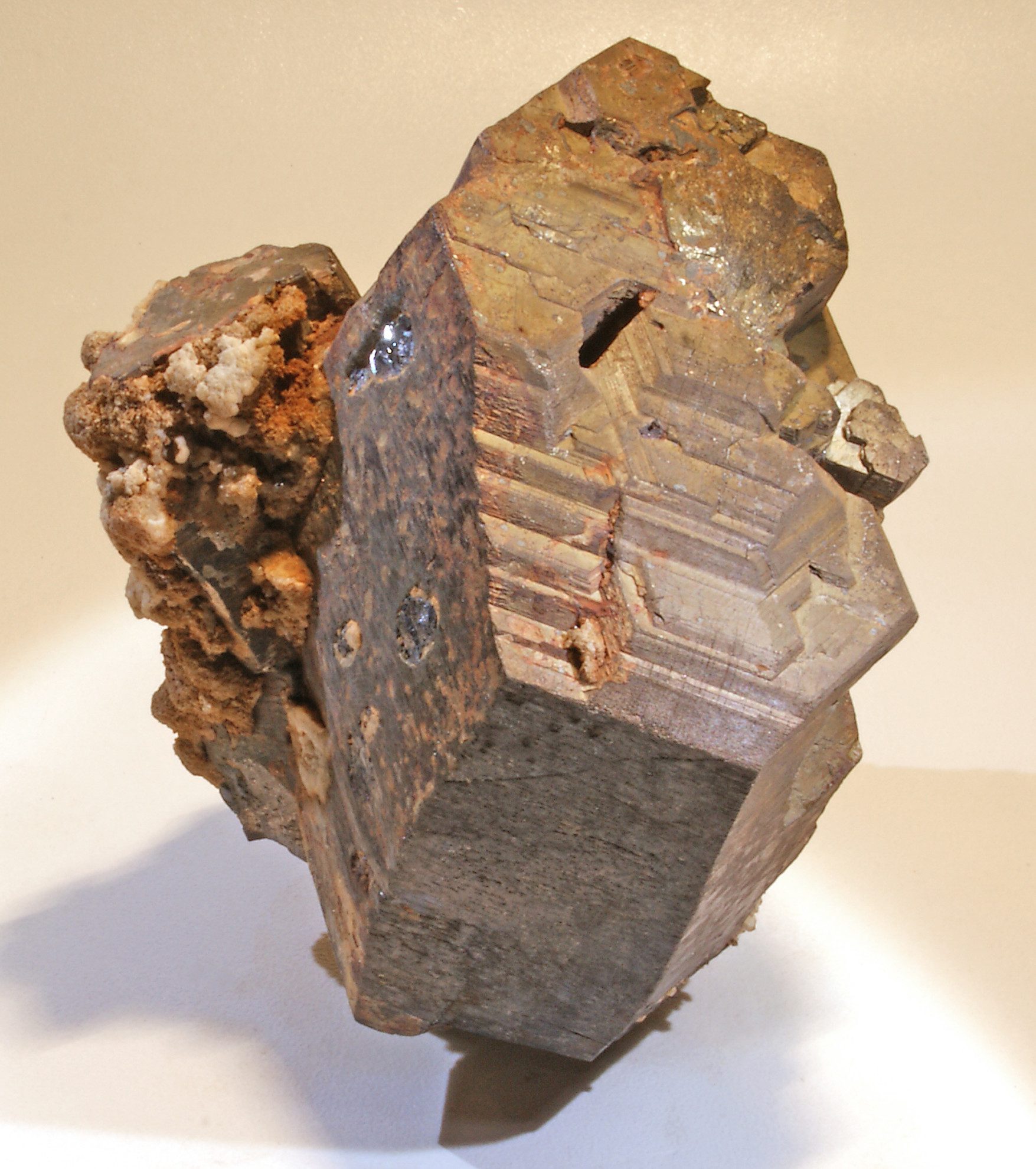Pyrrhotite Value, Price, and Jewelry Information
An overview on Pyrrhotite Jewelry and Gemstones. Covers details and essential information on the physical properties and characteristics of Pyrrhotite gems.
An overview on Pyrrhotite Jewelry and Gemstones. Covers details and essential information on the physical properties and characteristics of Pyrrhotite gems.
Start an IGS Membership today
for full access to our price guide (updated monthly).Pyrrhotite Value
Also known as pyrrohotite.
Streak: grayish black.
Other Tests: Magnetic, varying in intensity, lost on heating. Decomposed by HCl.
Occurrence: Associated with pyrite and other sulfides throughout the world, often as a magmatic segregation in basic igneous rocks. Occasionally in pegmatites and contact metamorphic rocks, fumaroles, and basalts. Also occurs in meteorites.
Sudbury, Ontario, Canada.
Morro Velho, Brazil.
Rumania; Italy; Germany; Norway; Sweden.
Potosi Mine, Santa Eulalia, Chihuahua, Mexico.
Pennsylvania; Tennessee; New York; Maine; Connecticut.
Name: From a Greek word meaning reddish.
Joel E. Arem, Ph.D., FGA
Dr. Joel E. Arem has more than 60 years of experience in the world of gems and minerals. After obtaining his Ph.D. in Mineralogy from Harvard University, he has published numerous books that are still among the most widely used references and guidebooks on crystals, gems and minerals in the world.
Co-founder and President of numerous organizations, Dr. Arem has enjoyed a lifelong career in mineralogy and gemology. He has been a Smithsonian scientist and Curator, a consultant to many well-known companies and institutions, and a prolific author and speaker. Although his main activities have been as a gem cutter and dealer, his focus has always been education. joelarem.com
Related Articles
Black Diamond Value, Price, and Jewelry Information
Chameleon Diamond Value, Price, and Jewelry Information
Gray Diamond Value, Price, and Jewelry Information
Green Diamond Value, Price, and Jewelry Information
Latest Articles
Hambergite Value, Price, and Jewelry Information
Pearl Simulants: How to Spot Faux Pearls
Opal Buying Guide
Amethyst Sources Around the World: The Geological Story Behind These Purple Gemstones
Never Stop Learning
When you join the IGS community, you get trusted diamond & gemstone information when you need it.
Get Gemology Insights
Get started with the International Gem Society’s free guide to gemstone identification. Join our weekly newsletter & get a free copy of the Gem ID Checklist!
